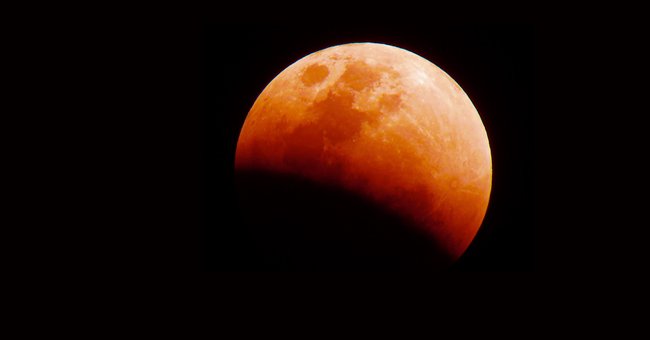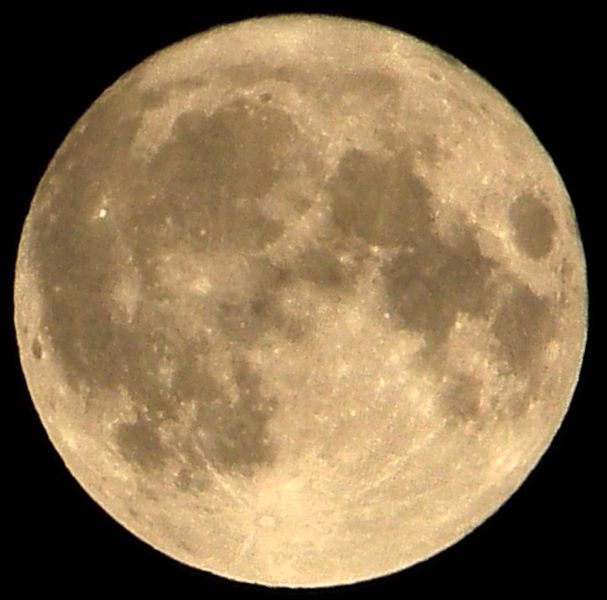
First Supermoon of 2020 Will Will Light up the Sky This Week and Appear Full for 3 Days
There’s something positive to look forward to on Monday, March 9, 2020. The first supermoon of the year will be visible at around at 1:48 p.m. EDT.
The full moon will appear full for about 3 days. It will be full from early Sunday morning into early Wednesday morning, according to NASA.
The supermoon is also known as the Crow Moon, Crust Moon, Sap Moon, Sugar Moon, Worm Moon, Lenten Moon, the Holi Festival, Medin Poya, a Supermoon, and the Purim holiday. In the 1930s, the Maine Farmer's Almanac first published "Indian" names for the full moons.

A visible supermoon on March 20, 2011 | Photo: Wikimedia/Peter2006son
The Holi Festival of the supermoon
It is the last full moon of winter. The supermoon also happens to be occurring in the Hindu month, Phalguna. It corresponds with the spring festival Holi.
The festival includes random people being sprayed with colored powders and/or colored water. The full moon will be visible through the naked eye depending on the weather being clear.
Why do supermoons occur
Supermoons happen when the full moon is closest to the Earth in its elliptical orbit. This illusion makes the moon appear brighter and larger than normal.
In April and May, there will be two more supermoons, respective to each month. According to NASA, during March, Mars, Jupiter, and Saturn will all be visible before dawn.
2019’s first three supermoons
Last year, three supermoons were visible for three consecutive months and almost on the same date. Skywatchers were able to see the full moons on January 21, February 19, and March 20.
The first supermoon of 2019
The first 2019 supermoon was called the Super Blood Wolf Moon and it lasted from January 20-21. It also coincided with a total lunar eclipse, which is also known as a "blood moon."
2019’s second and third supermoon
The second supermoon was named the Snow Moon, and it was the closest full moon of the year. On March 20 the Worm Moon was visible in the sky.
How far is the moon from Earth
In general, the moon’s average distance from the Earth is 238,855 miles. However, during supermoons, the distance is much closer.
